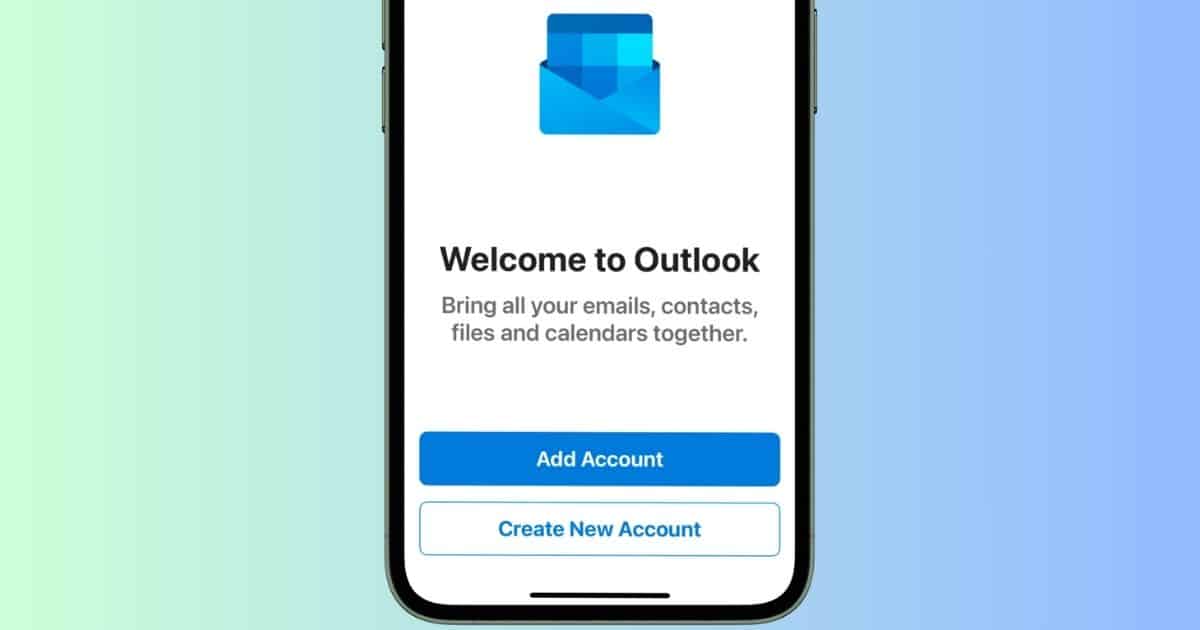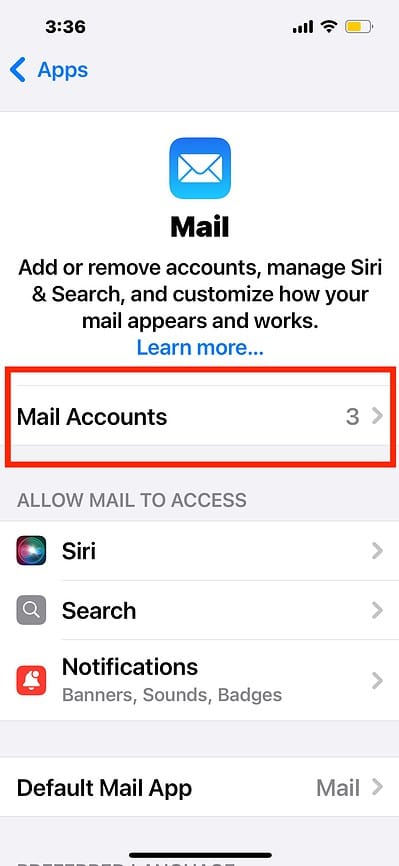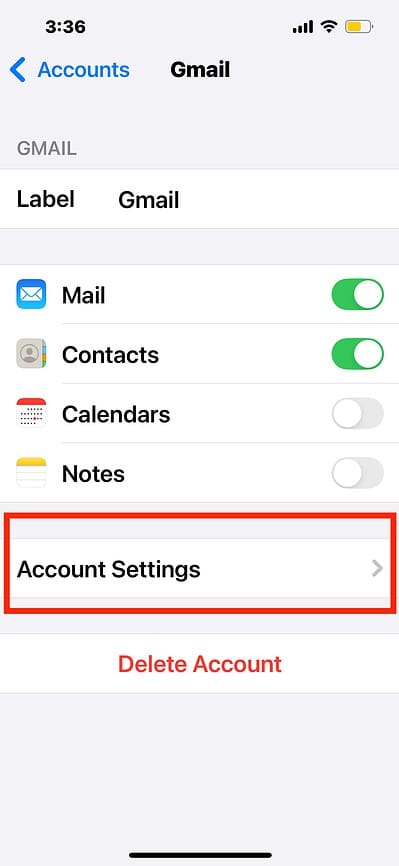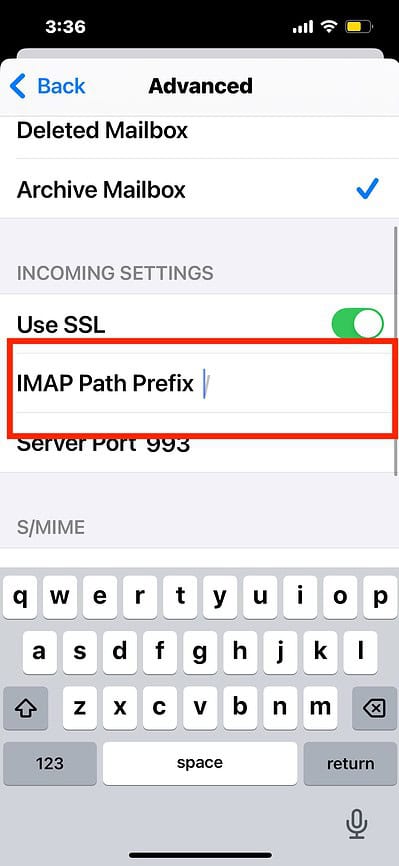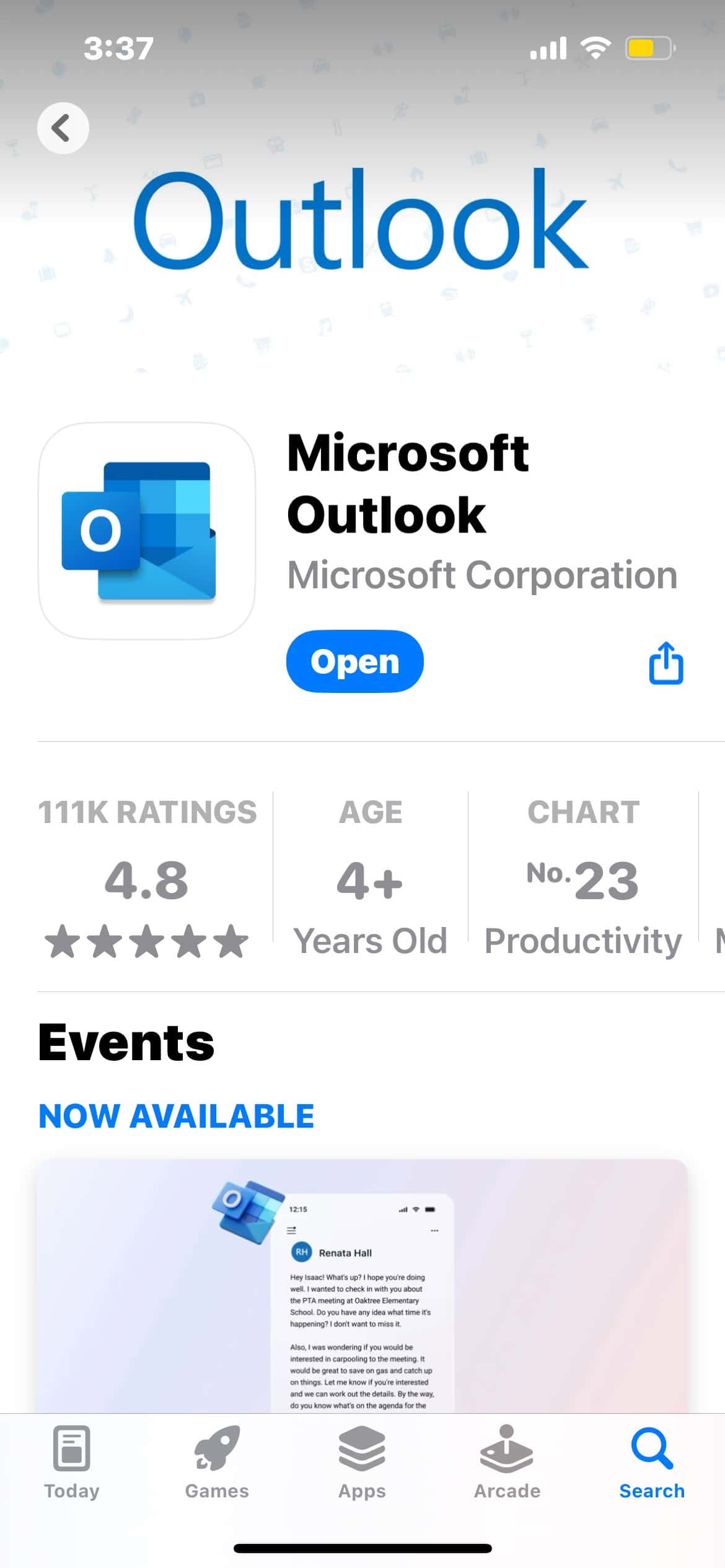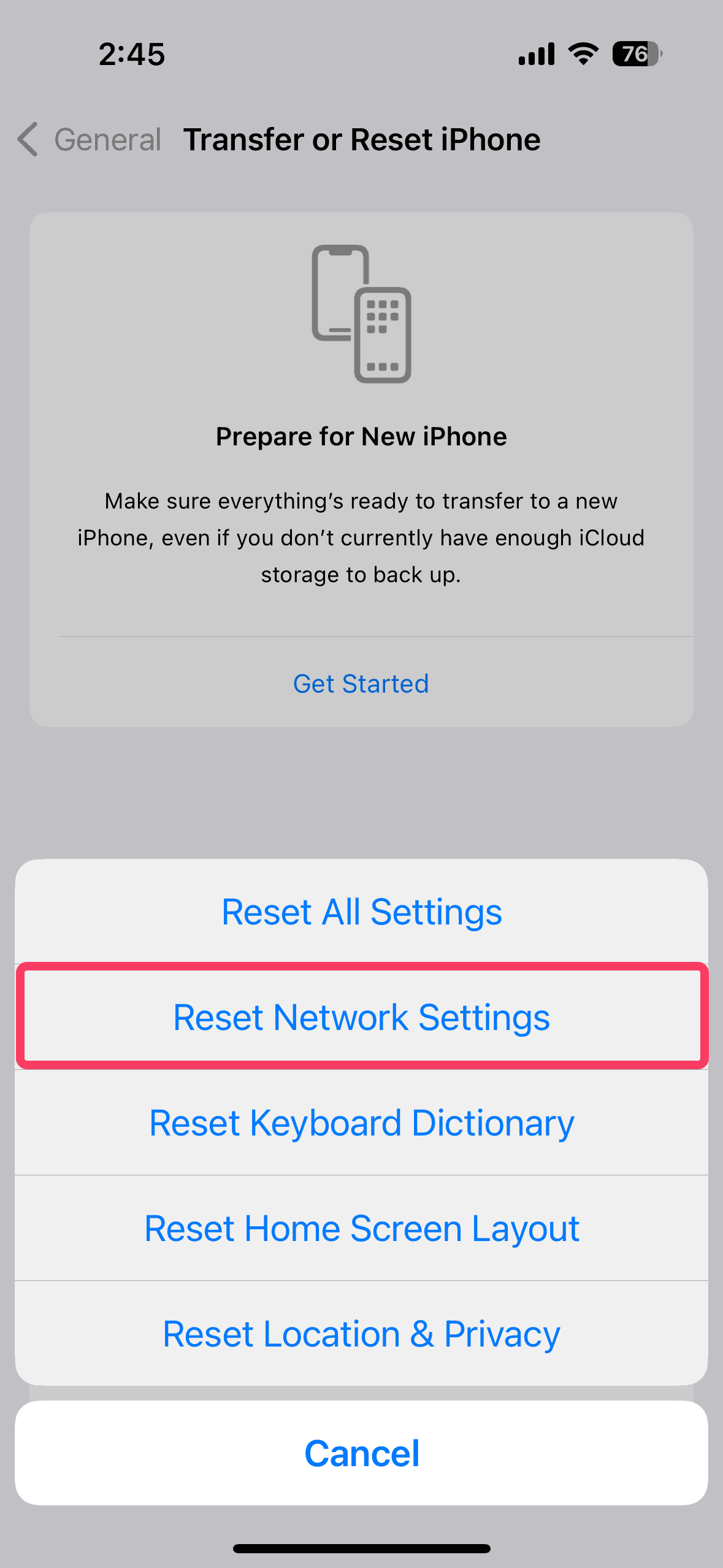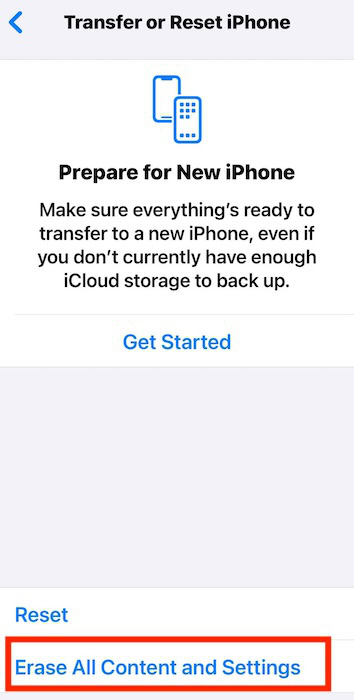Outlook comes with a fresh, updated look on iOS 18. The Search section lets you search Teams chats, the Compose Toolbar shows an overflow drawer, and the redesigned Settings tab is easier to navigate. These changes create a more efficient, intuitive UI with a shallow learning curve.
The only problem is Outlook’s mobile app glitches on recent iOS versions. Is Apple slowly dropping support for Microsoft services? Let’s not hastily jump to conclusions. Incompatibility issues between third-party apps are common, and there are several ways to troubleshoot the most likely causes.
Why Is Outlook Not Working On iOS 18?
The recent iOS update brought features and functions that might interfere with Outlook. Stricter privacy controls limit the app’s ability to fetch emails in the background, revised IMAP settings affect folder syncing, and outdated cache causes crashing. A quick restart often resolves minor glitches. If not, you’ll have to troubleshoot specific software bugs and misconfigurations.
How To Fix Outlook on iOS 18 if It’s Not Working
Try to pinpoint if the issue is with Outlook or your iPhone. Open the web version of Outlook on different browsers and launch the mobile app on another iOS device. Contact Microsoft Support if all platforms are down. Only proceed with troubleshooting if Outlook works on other devices or web browsers.
1. Adjust IMAP Path Prefix Settings
Time needed: 3 minutes
IMAP path prefix issues can prevent email folders from syncing correctly. Specific folders (e.g., Trash or Sent) might go missing if the paths to these locations get corrupted. You might have to configure them manually post-update. Here’s how:
- Open the Settings app on your iPhone.
- Scroll down to Apps > Mail.
- Select Mail Accounts > [your email account].
- Tap Account Settings > Advanced.
- Locate the IMAP Path Prefix field—input either a forward slash (/) or the word INBOX.
- Return to Settings and press Done.
2. Re-enable Background App Refresh
iOS 18 introduced battery-saving mechanisms that limit background tasks to preserve resources. Outlook might stop fetching emails continuously if Background App Refresh is disabled. Turn it on while you’re troubleshooting.
- Go to Settings > General > Background App Refresh.
- Toggle on Background App Refresh.
- Scroll down and toggle on Outlook.
3. Update Outlook App
See if Microsoft patched the incompatibility issues between Outlook and iOS 18. The app automatically updates whenever you install a new iOS version, although you can also do so yourself.
- Open the App Store and look up Outlook.
- Tap Update if a more recent app version is available.
4. Clear Outlook Cache and Data
Outlook can’t load data correctly once its cache gets corrupted. You’ll have to clear the cache manually to reset the app’s data handling and resolve failed syncing attempts.
- Go to Settings > Outlook > Reset Cache.
- Open Outlook and the app will fetch fresh data from the server.
5. Re-add Your Email Account
Advanced settings misconfigurations with Exchange or IMAP protocols are hard to pinpoint. Remove and re-enroll your account to refresh all server settings and permissions instead of manually performing different commands.
- Go to Outlook, tap your profile icon, then select Settings.
- Open your email account and choose Remove Account.
- Return to the Add Account page and log in to your profile again.
6. Reset Network Settings
Outlook needs stable internet connectivity to fetch new data. Your emails might get sent in the wrong folders (or fail to load) if there are hidden bugs in your network. Try switching between Wi-Fi and cellular data. If neither option works, resolve bad network configurations by resetting your network settings entirely.
- Go to Settings > General > Transfer or Reset iPhone.
- Tap Reset > Reset Network Settings.
7. Factory Reset iPhone
Factory reset your iPhone as a last resort. Wipe your device clean to revert any hidden settings, functions, or files that could be interfering with Outlook. Back up your data beforehand, or you’ll lose it permanently.
- Go to Settings > General > Transfer or Reset iPhone.
- Select Erase All Content and Settings.
- Confirm the action by tapping Continue, then follow the on-screen instructions.
Contact Apple Support should issues persist. You can reach out to Microsoft Support again, but note that they can’t assist with iOS-related queries. If you get locked out of your Outlook account while troubleshooting, remove it from Mail or change your password.
